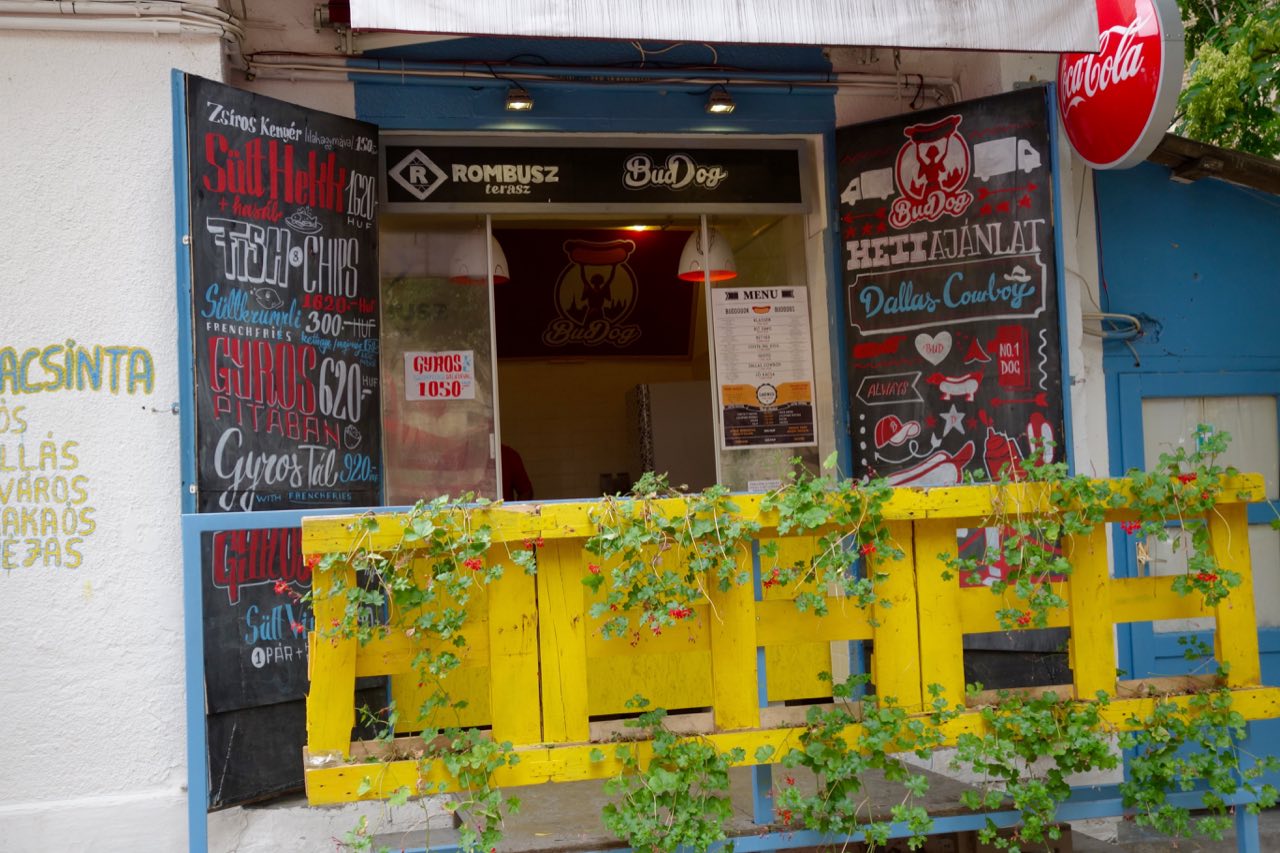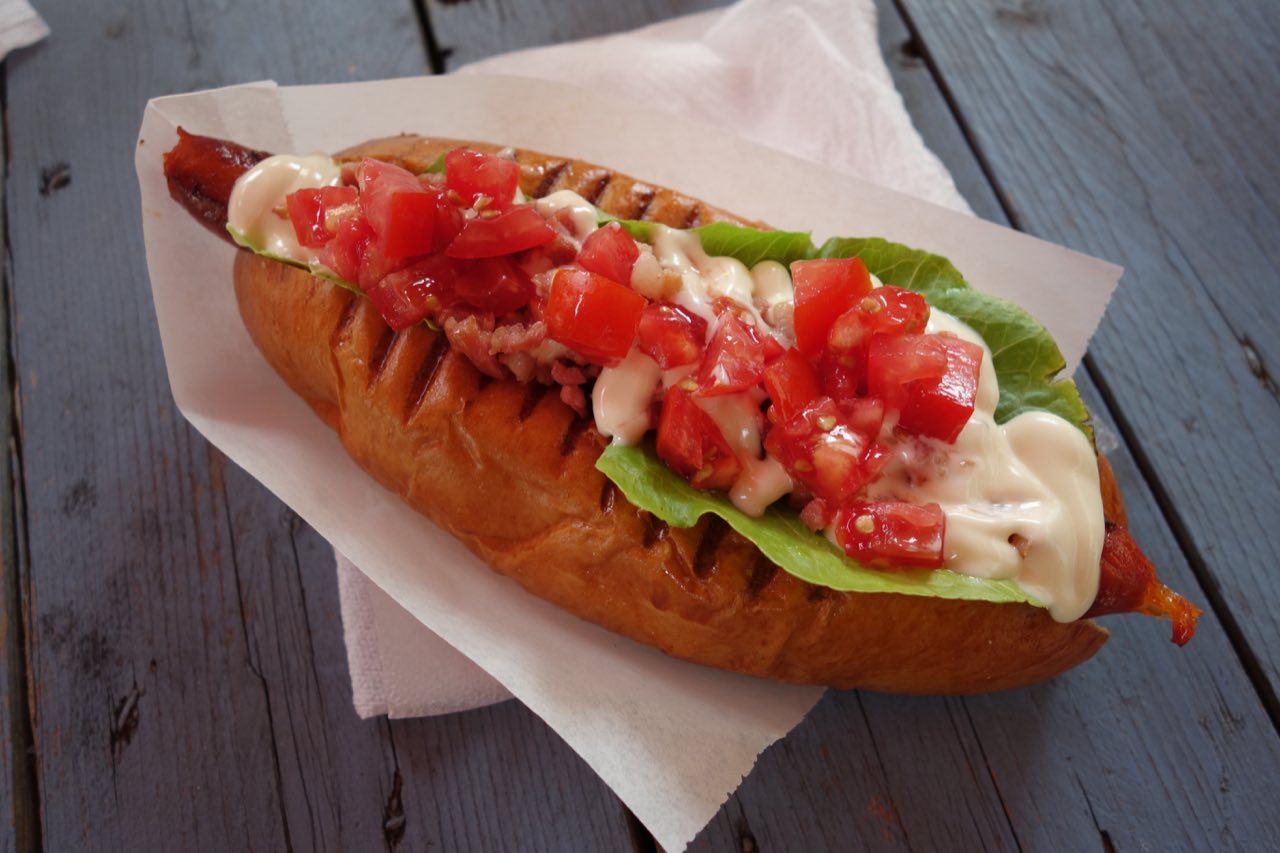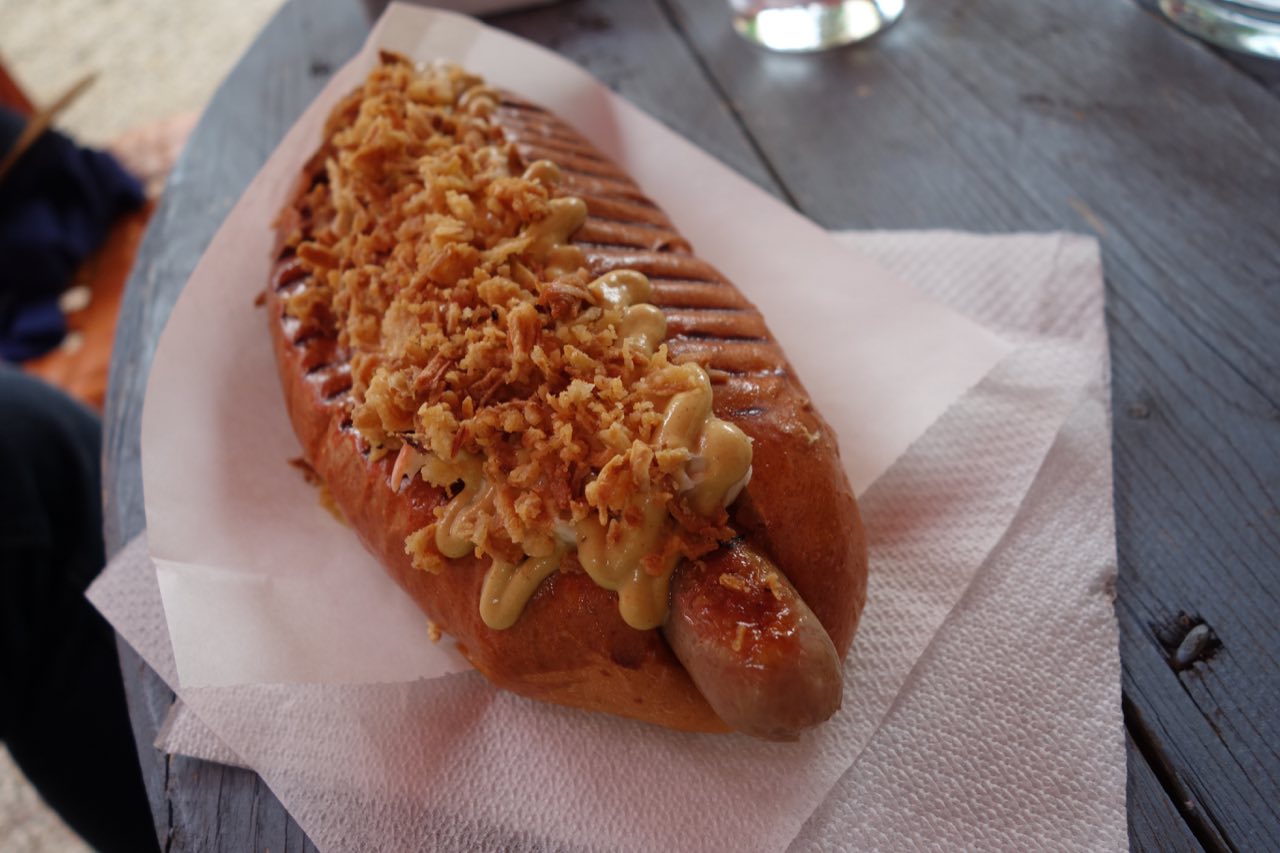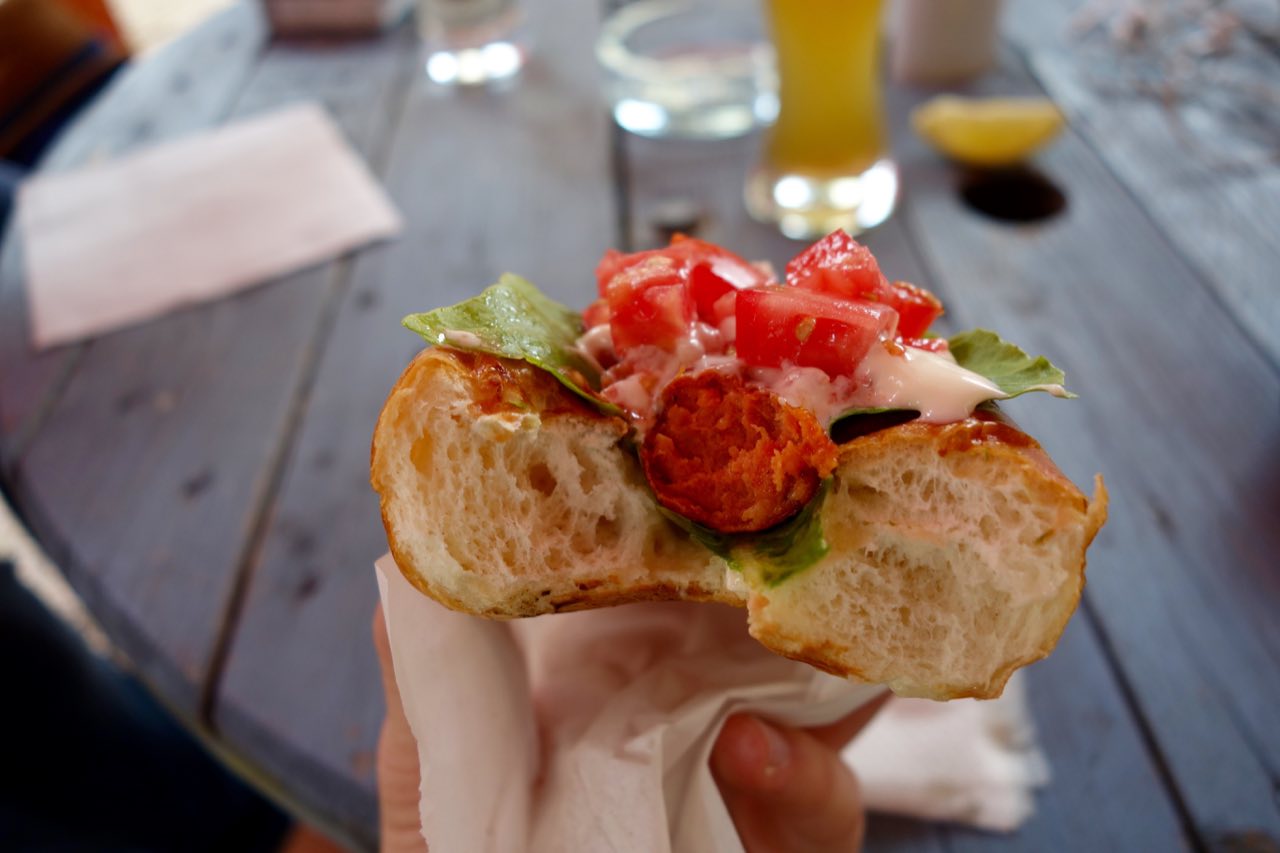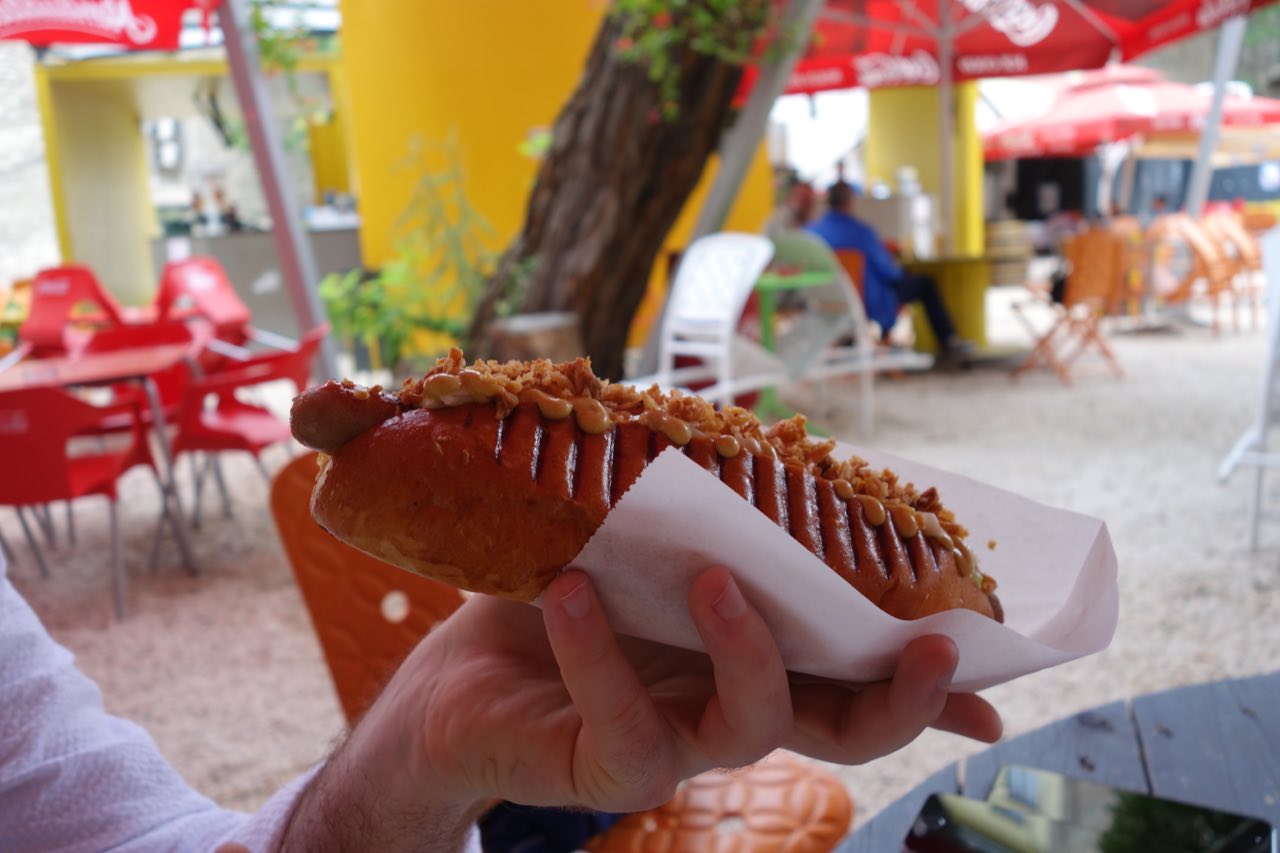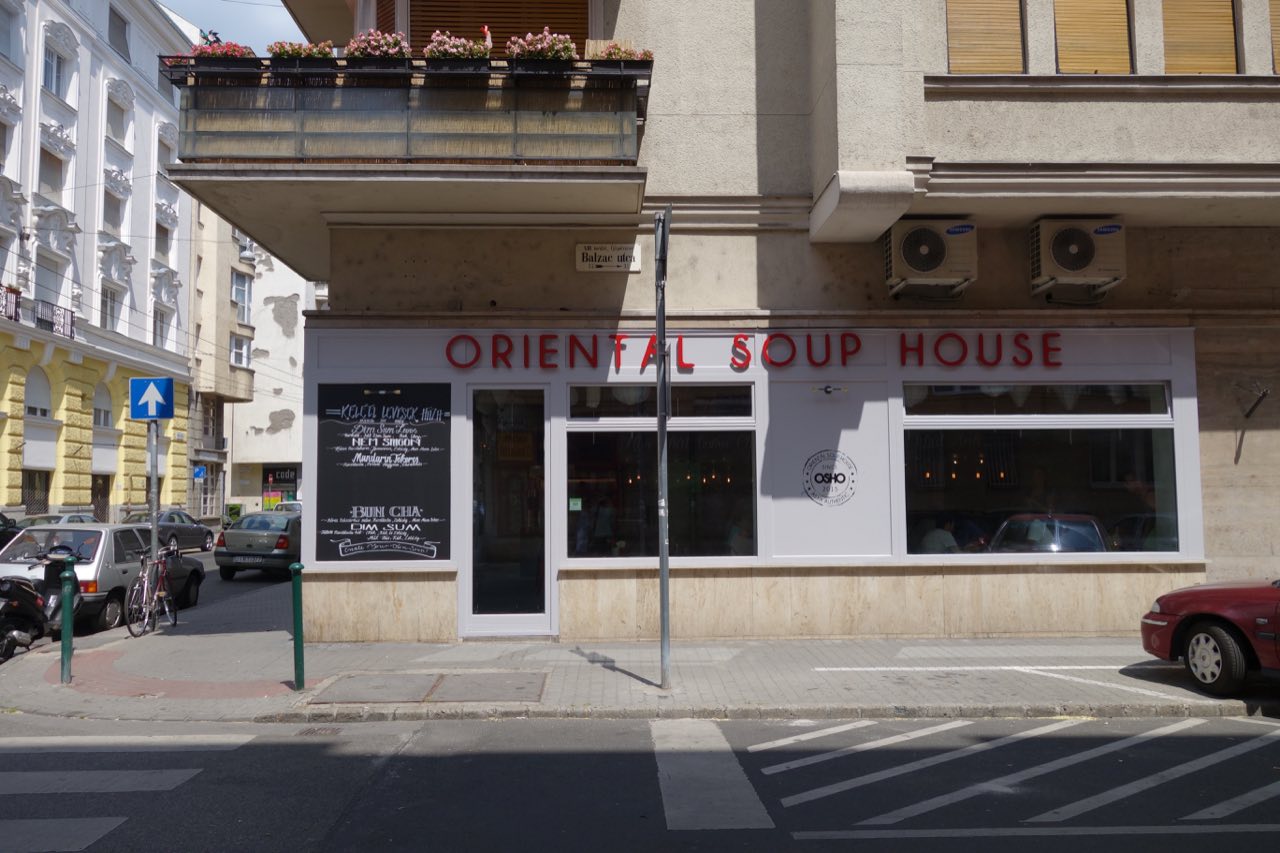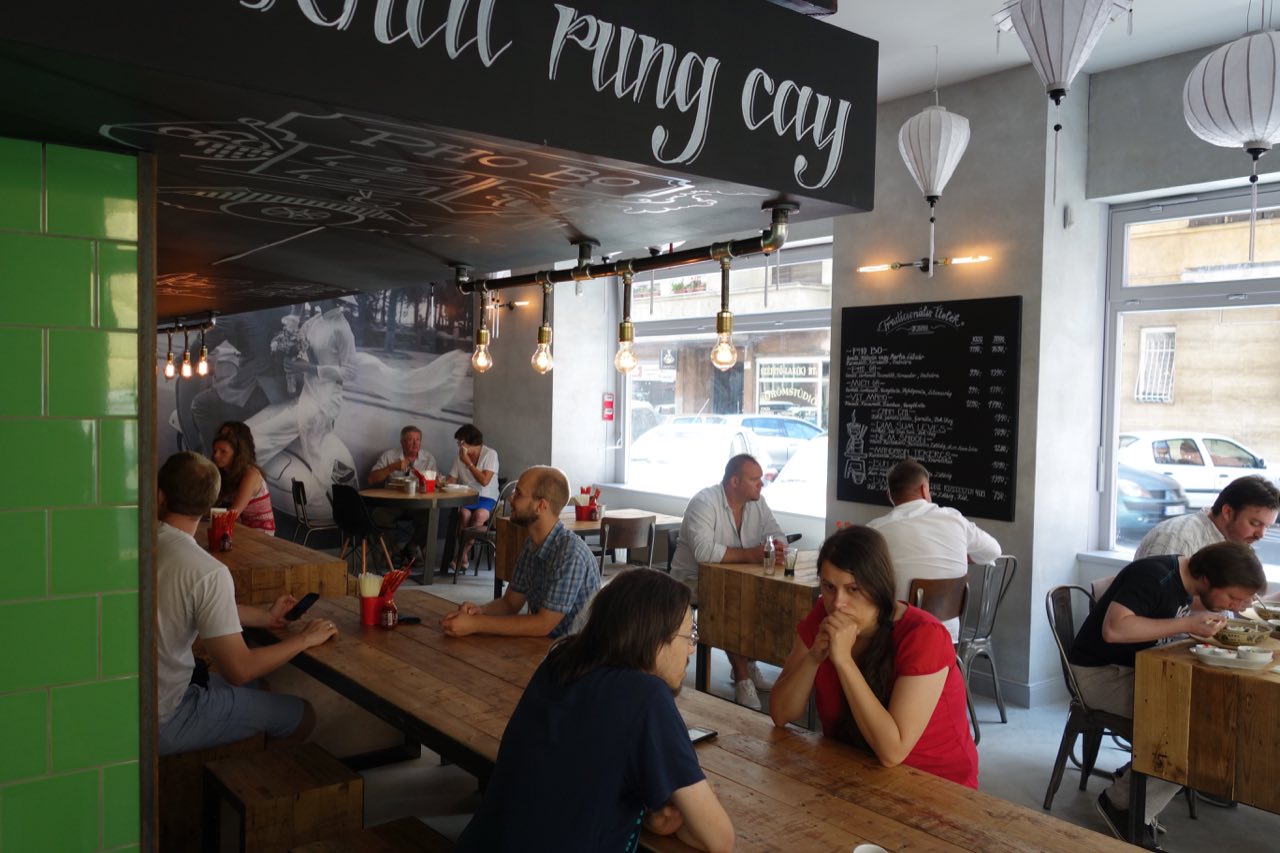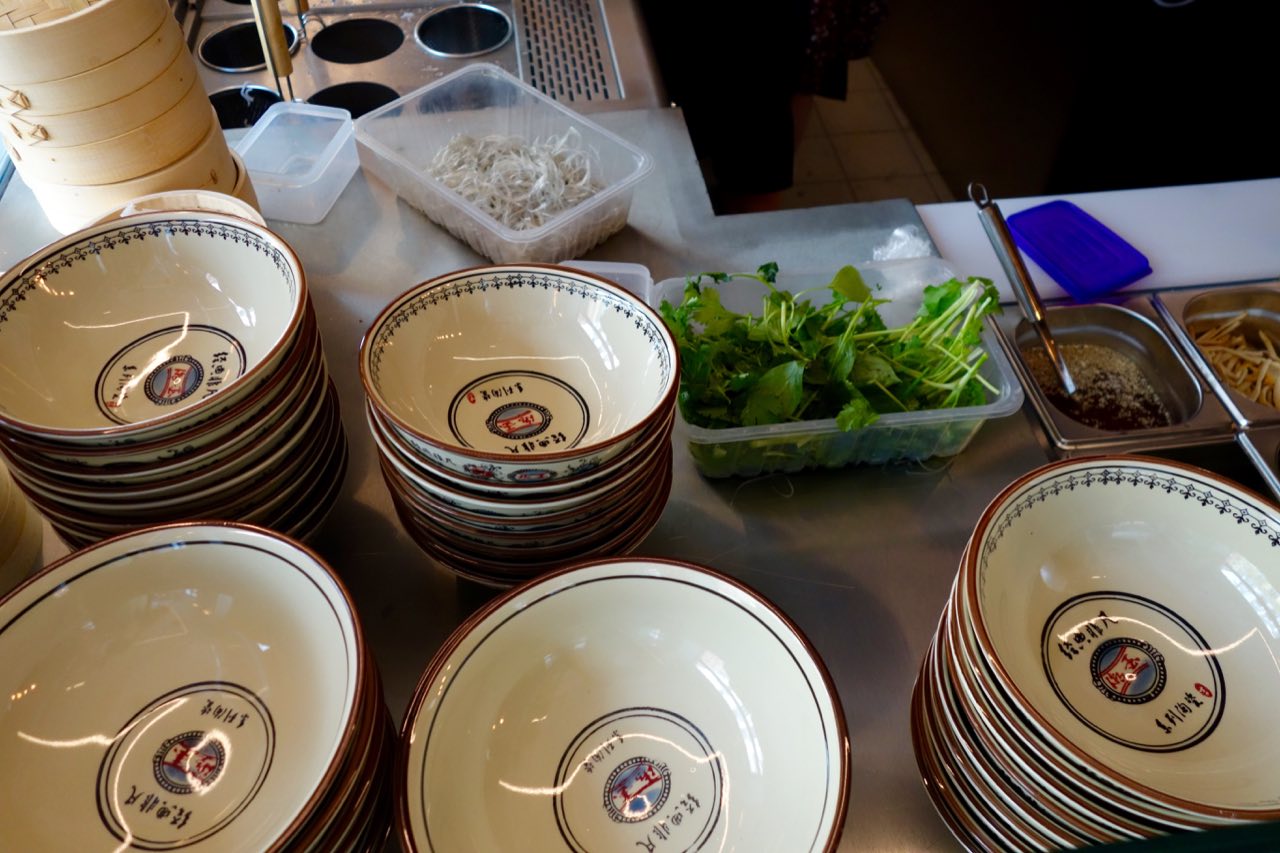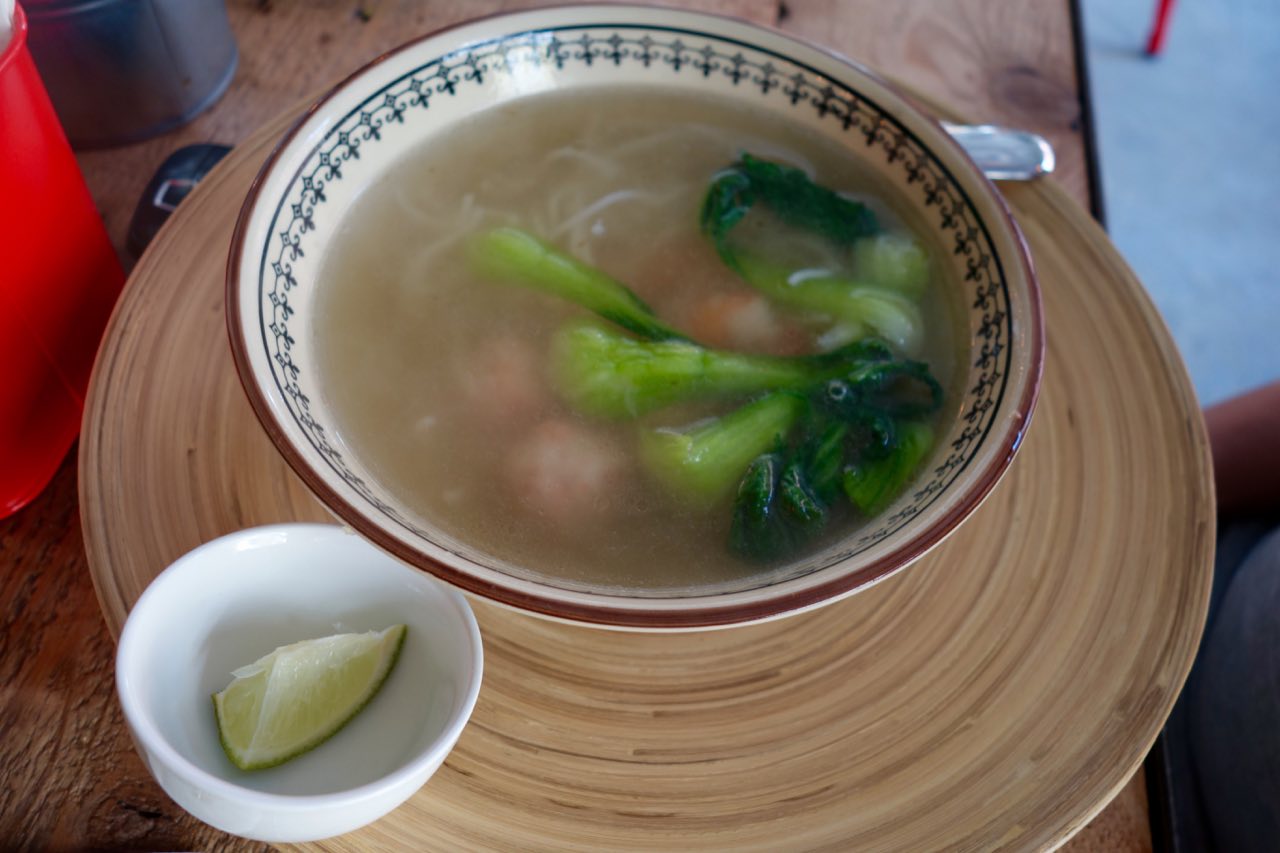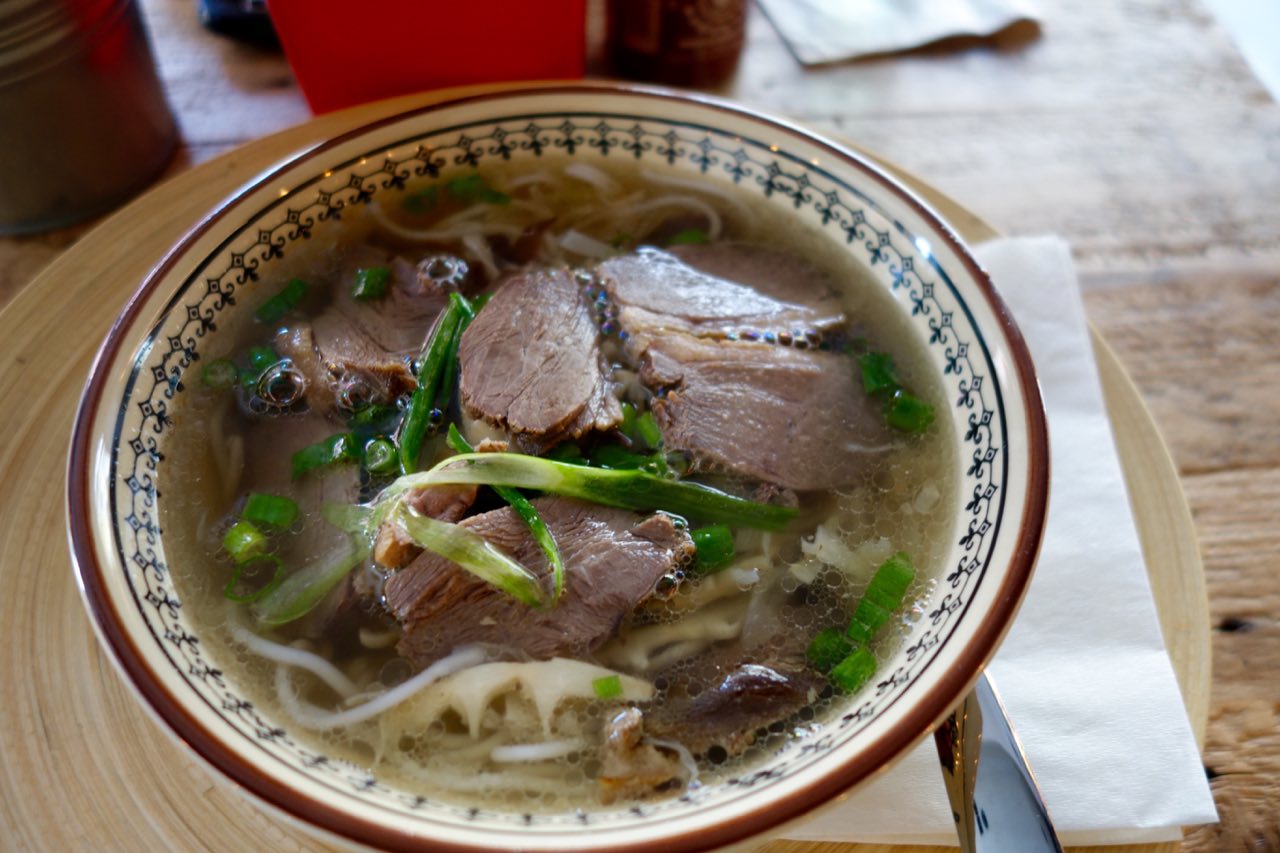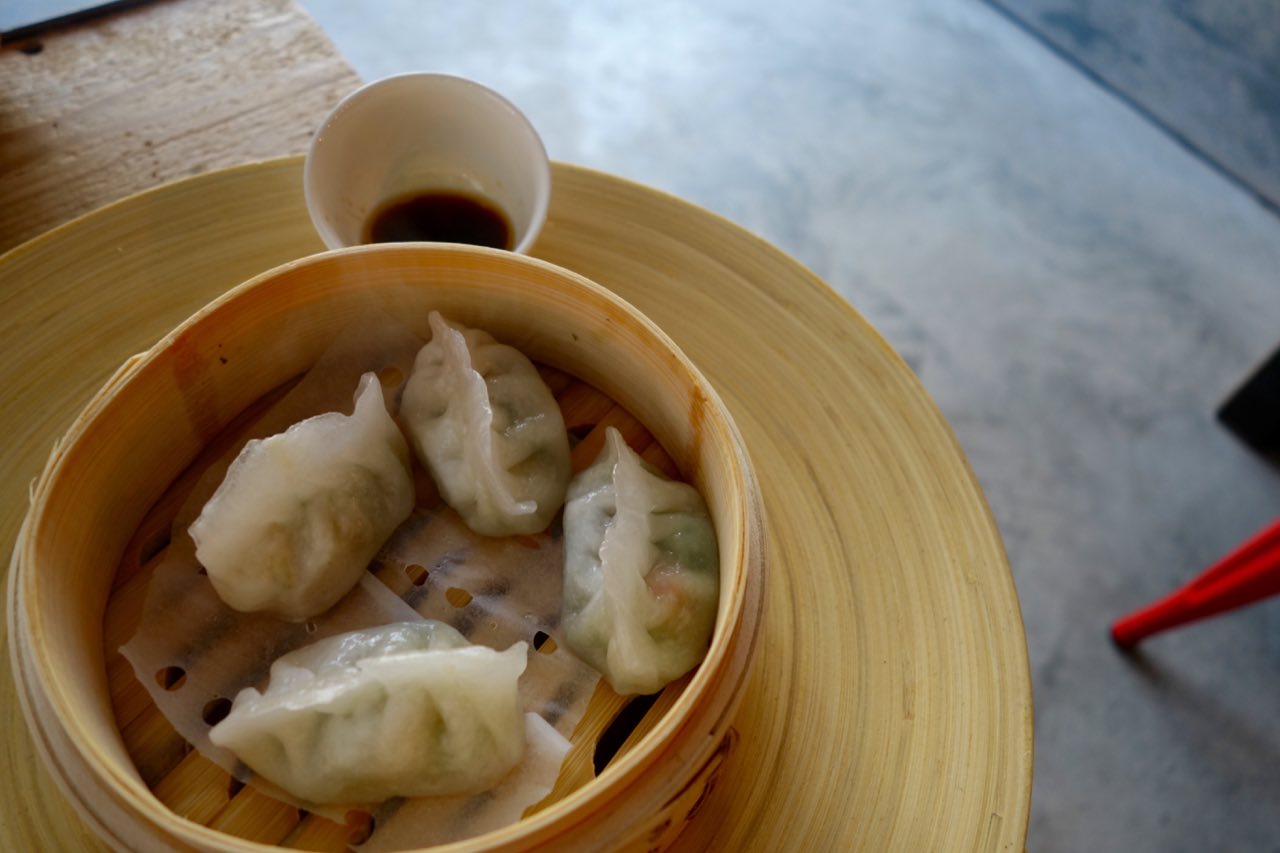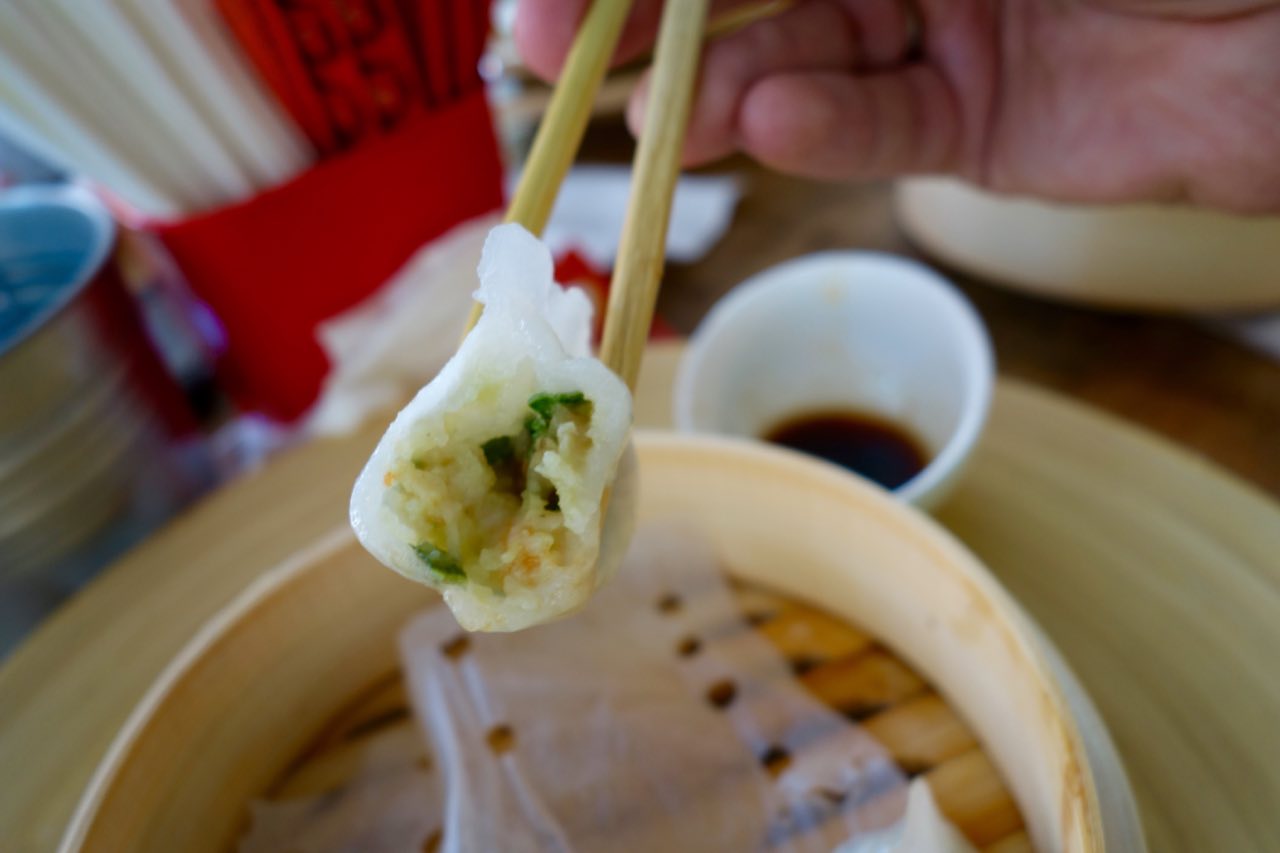Not long ago, I wrote about Péter, the owner of the Mahung Gastrojuice Vegabistro Veganpub, who I met years ago in a produce market. At the time he prepared (or “Mahunged”) five types of smoothies, as the sign in the window stated, which today has expanded to over 300 drinks with the most unique blends. And it recently relocated from Bródy Sándor Street to the beer shrine known as Élesztő, behind a bar in the summer and in an enclosed, pleasant nook in winter.
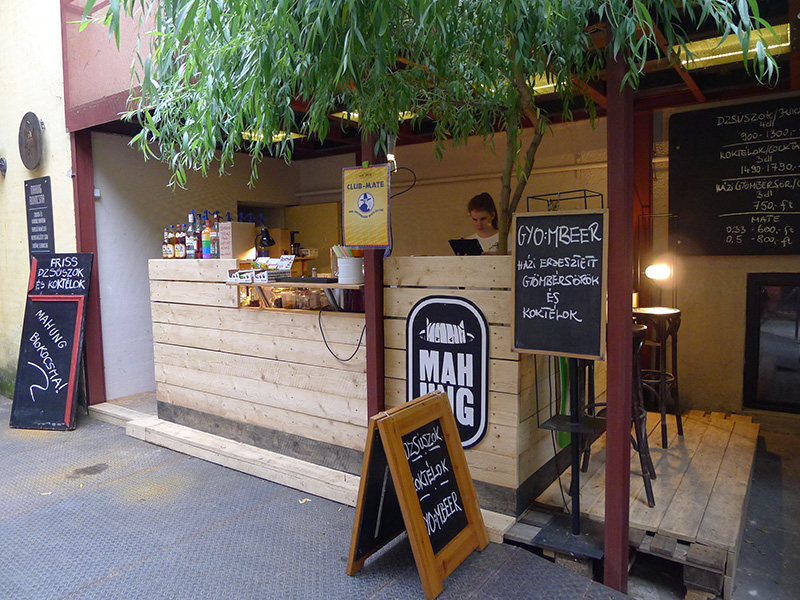
I was instantly curious. Here’s a person who has spent years working out how to best blend juices, smoothies, fruits, vegetables and spices together. If you mention any two produce items to him, he’ll quickly add three more, which when combined create a terrifyingly delicious flavor. I tried to discover some tricks of the trade from him, but that’s easier said than done.
No matter what we tried, the end result was always that we had to taste our concoction to see if it was any good, since there are no rules set in stone. You just have to Mahung.
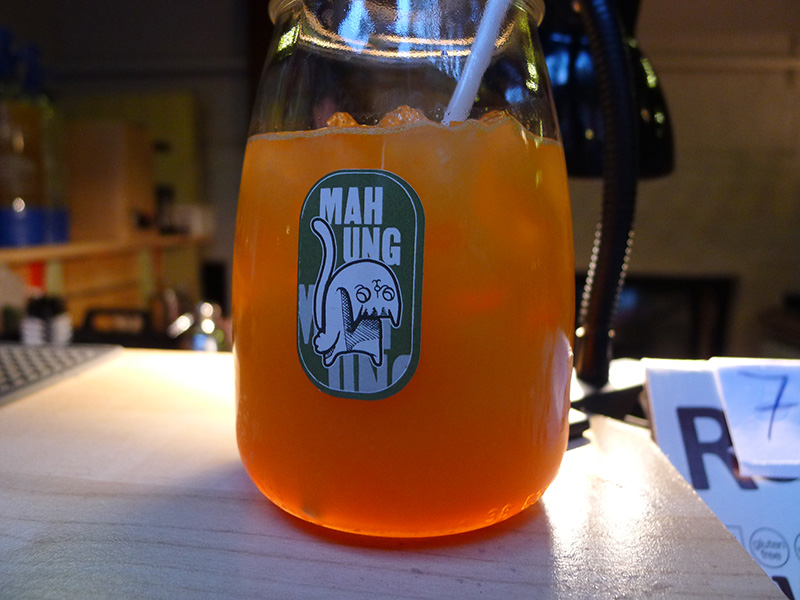
The original five smoothies Péter prepared have grown into several hundred over the years, not to mention the ones invented on the spot. Péter makes the drinks according to what his customers want or are in the mood for, and just as a musician who composes in his mind then writes the finished piece down, he also assembles the flavors together from memory. Without even touching a fruit, he already has a sense of what the final product will be.
The result of years spent experimenting is not only that Péter mixes more types of juice, but that some fundamental things have changed as well.
The technology at his disposal has expanded. In the early stages, he only had a blender with which to prepare everything. These days he has a thermomix, which is a food processor and lets him press the juices. There’s a huge difference between pressing and blending, such as the picture below illustrates:

The one on the left is blended apple juice, while the one on the right is pressed. The left one is a bubbly, somewhat pulpy thick juice, while the one on the right is a clean, pulp-free drink. And this is what decides the next step, for Péter would only add carrot, beetroot or other vegetables to the pressed juice, since the blended variety is more limited to fruits. Additionally, what is quite important is the filter’s permeability. If you take a really good peach but use a very fine filter, you’ll end up with a pulp and largely taste-free juice, but if you let the pulp through, that’s how you’ll get the most flavor from it.
What’s changed? It’s still a matter of principle that everything be freshly prepared, because half an hour later a smoothie is not quite the same as when it’s fresh. These days, however, Péter no longer prepares the apple juice himself that serves as the basis for the smoothies, but purchases pressed organic apple juice from a producer in Szabolcs. We tried it, and the stuff is really tasty. In part it’s made from topaz and florina apples, and has a strong flavor like no other apple juice that I’ve tried.
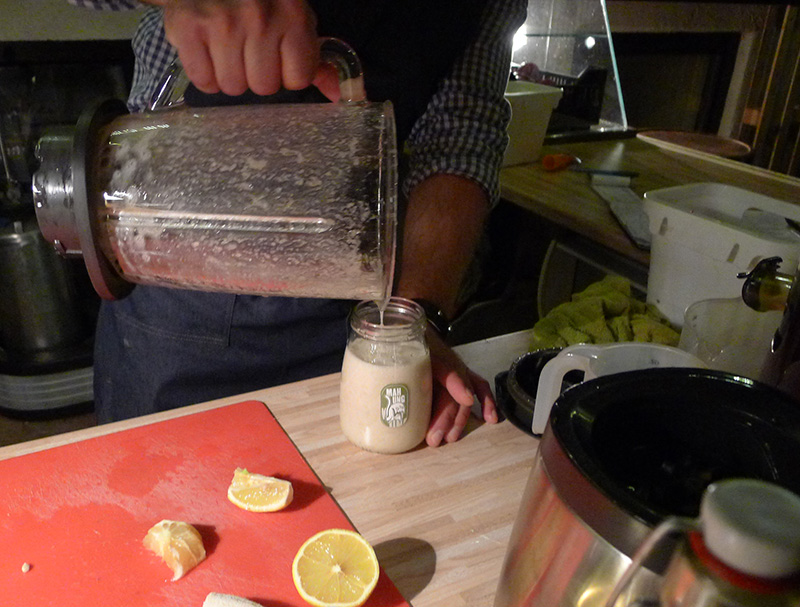
“If you can buy boxed apple juice, that’s a degree better, but even those usually have shortcomings. They’re made from the types of apples specifically grown for their juice, or sometimes it’s a mix of apple types, or even sometimes a few ‘bad apples’ that you wouldn’t necessarily want to eat find their way into the batch. There’s no such risk here,” Péter adds, who met the organic farmer through the farmer’s daughter, who was one of his customers.
Of course, the quality continues to improve with respect to the other ingredients as well. It’s not as if the former produce market manager didn’t know when a melon was ripe before, but he was not always certain when to use cranberries or blueberries, or when farmed or woodland fruits were best.
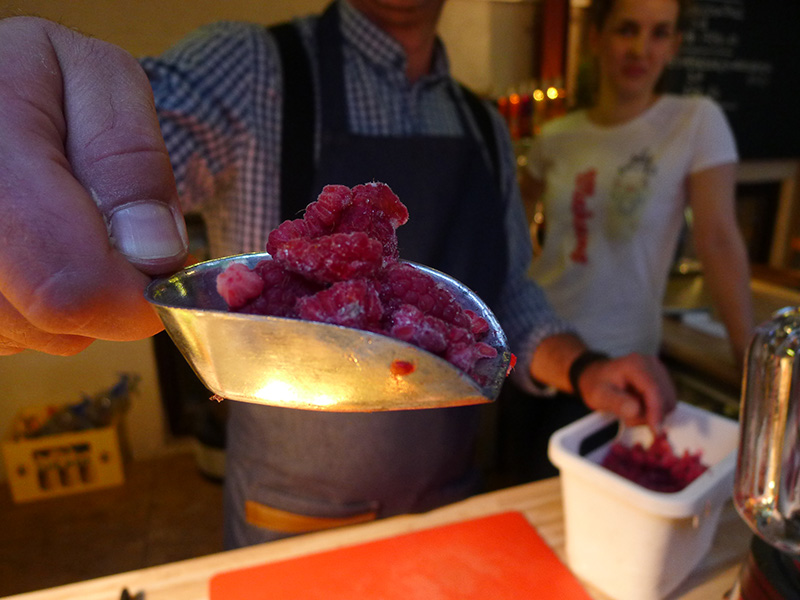
Péter has become an expert in the world of spices and is now becoming more acquainted with balsamic vinegar. If we ask him to, he’ll use a pipette to add some drops of the stuff he got from the Tokaji Wine Vinegar House, which is aged in Tokaj wine barrels, and which deliciously changes and shapes the favors of the fruit and vegetable juices. Just a few drops in your drink and it will seem as if he had used completely different ingredients.
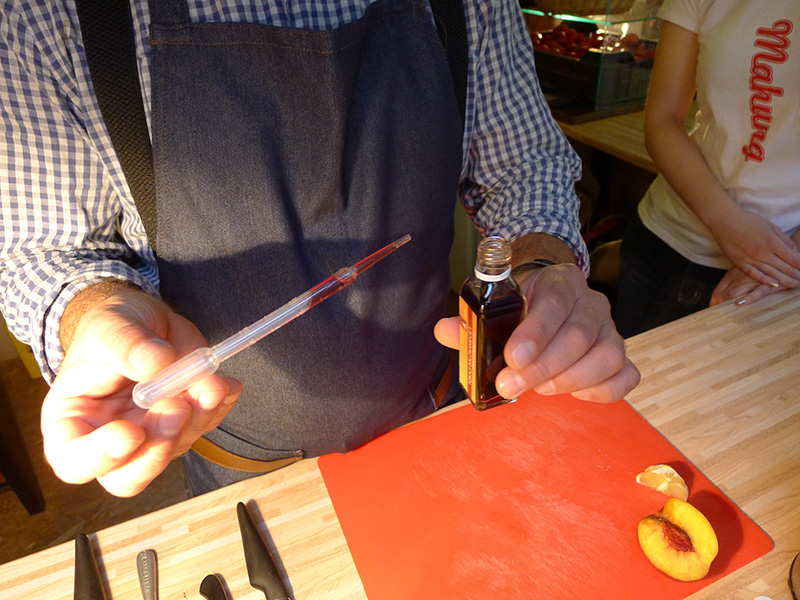
Suddenly, Péter places in front of us one of his favorite concoctions, a pressed orange and celery juice, with a splash of Aperol. Once again, I can taste that unbelievable balance that I’ve only tasted before in the fruit blends. Not a single flavor seems out of place, but you can still taste everything that went into it, except for the alcohol. “With gin, this would be a much stronger cocktail,” Péter mentions one of the varieties.
And if we take the alcohol-including varieties, something else must be considered: what works with a given spirit? Gin works well with blackberry lavender (lavender flower, preferably from an organic shop), spiced with lemon, a little allspice, star anise and juniper berries. Vodka mixes well with savory drinks, celery, cucumber and other vegetables. Rum is fundamentally used in preparing sweet drinks. “Perhaps if we add bear grass to pineapple, it’ll turn out better with some rum. Who knows, you just have to give it a try,” Péter muses, who would be happy to prepare his millionth variation on things right then and there.
But in some cases, alcohol just completely ruins a juice, no matter how good all of the individual ingredients are. Sometimes nothing works with it, for the alcohol blots out four or five flavors without adding anything in its place other than the alcohol itself.
If a guest asks for a drink, the first question is, are they hungry or thirsty? If hungry, then the sweeter, alcoholic drinks are suggested. In such cases the blender is the better option, with such basic ingredients as banana, avocado, peach, cucumber or cantaloupe, and the spices can be added in rich helpings as well. Thirsty guests are provided with pressed juices in more harmonic combinations. What also matters is whether someone wants an energy boost or just to relax. In the summer cold drinks calm while warm flavors enliven. Lavender is considered to have a calming effect, but according to Péter it tends to be the opposite.
In the meantime, we receive a banana smoothie that contains rhubarb, mint, cinnamon and lemon. Don’t use any milk, the mahungmeister says. “You can use an apple juice base to which you can add strawberry, raspberry or pineapple, and it can take some vegetables too, such as spinach or sorrel”. We receive another smoothie that contains bits of coffee beans, so that the drink crunches between our teeth. Sour cherry and avocado goes well alongside the coffee beans, which usually aren’t used this way, with the avocado easily swapped out in favor of bananas. And of course apple juice, and a blender.
If we use watermelon, it’s worth pressing it all the way to its rind, we’re told. This takes the juice on a journey in need of lemon. You can complement it with celery or orange, and almost all spices go well with it. We can mix cantaloupes with watermelons, in roughly a 1:2 ratio in favor of the watermelon. Another great summer drink is the sorrel-pear smoothie, using an apple juice base, with lemon and mint or allspice.
We felt a bit overwhelmed from all the examples and opportunities after spending three hours on the crash course in the Élesztő courtyard where the Mahung counter is located. We expected to learn some nice basic things for beginners, but Péter would have none of it and tried to get across to us the relativity that has become a system in his head, but would be chaos for everyone else. Not to worry, we’ll just have to pay him lots more visits so we can get used to it.
Péter is currently experimenting with ginger beers, some of which are available for tasting, while cocktails should be available by the time of publishing. Prices can be seen here:
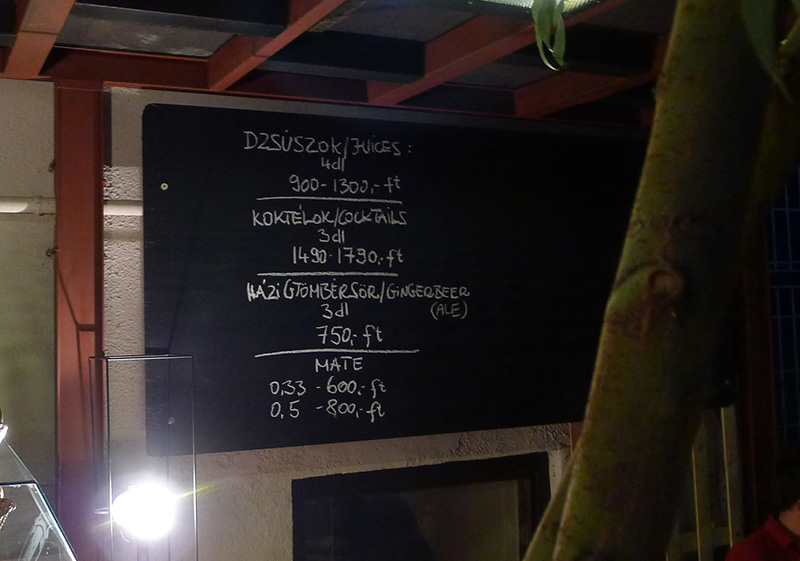
Mahung Gastrojuice Vegabistro Veganpub
Address: 1094 Budapest Tűzoltó u. 22.
Opening Hours:
Tue–Fri: 10:00 am - 10:00 pm
Sat: 11:00 am - 9:00 pm
Sun: 2:00 pm - 7:00 pm
Translation provided by Helpers Business and Immigration Services. Find us at www.helpers.hu
You may find the original article here.
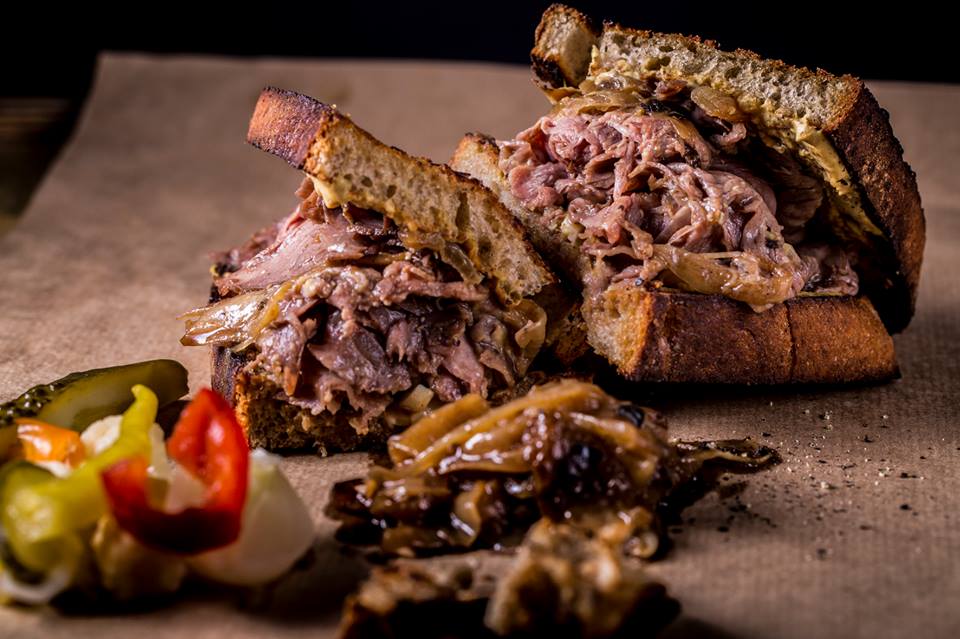
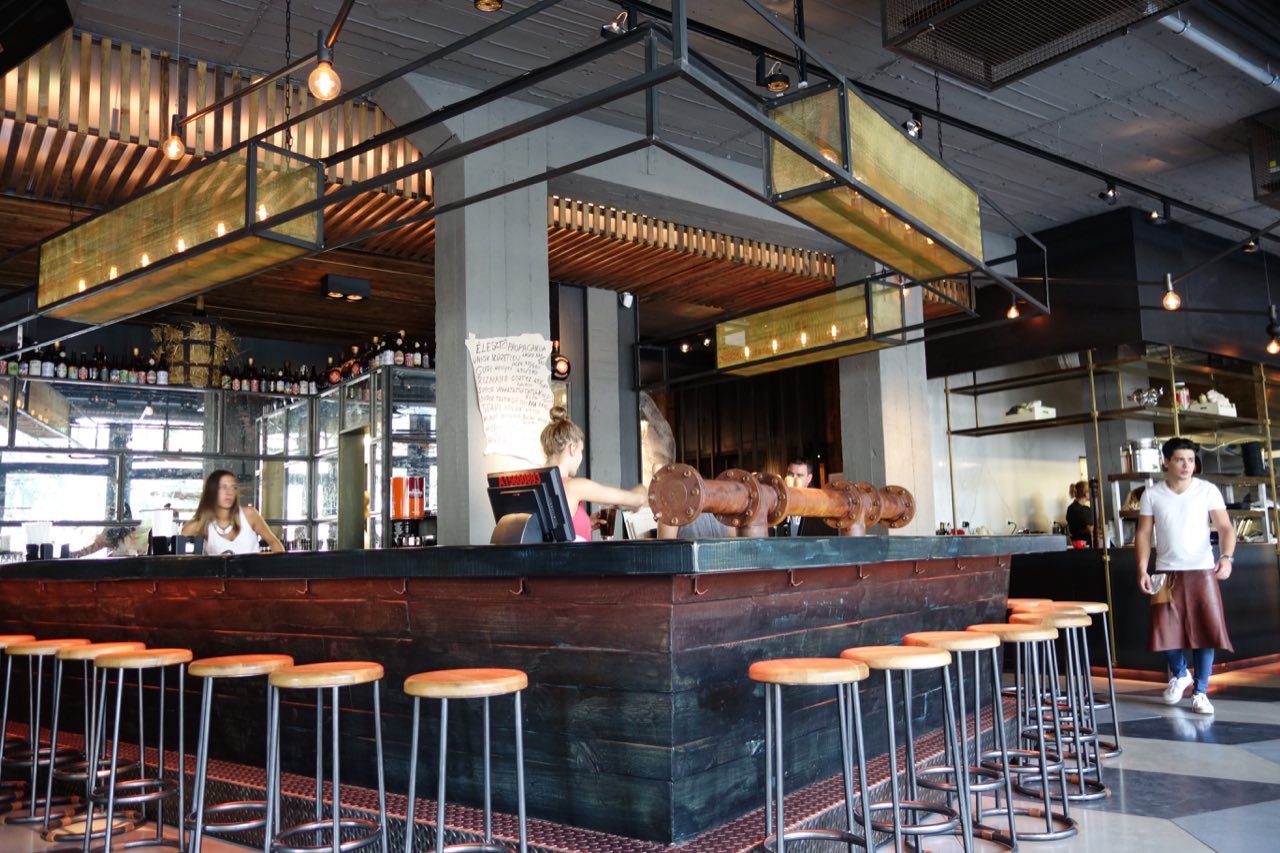


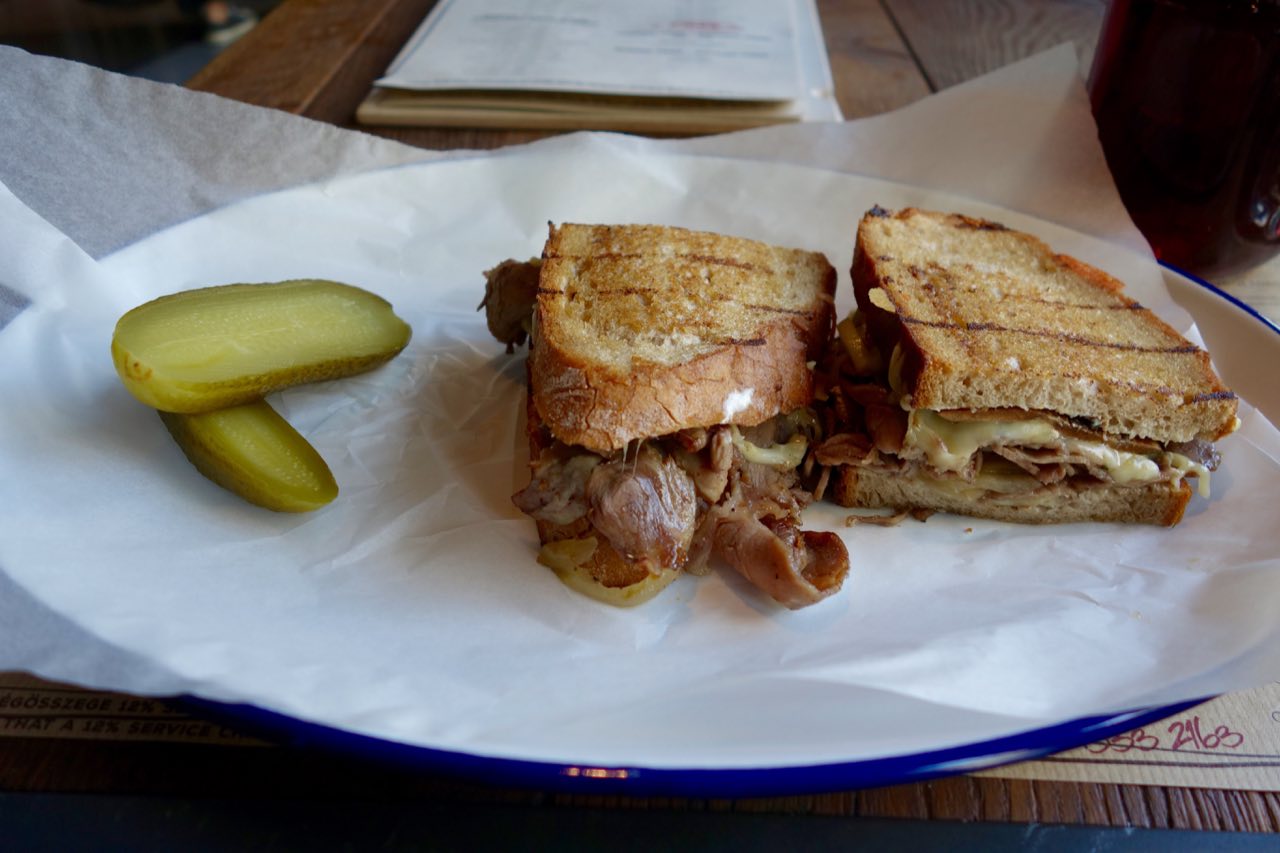
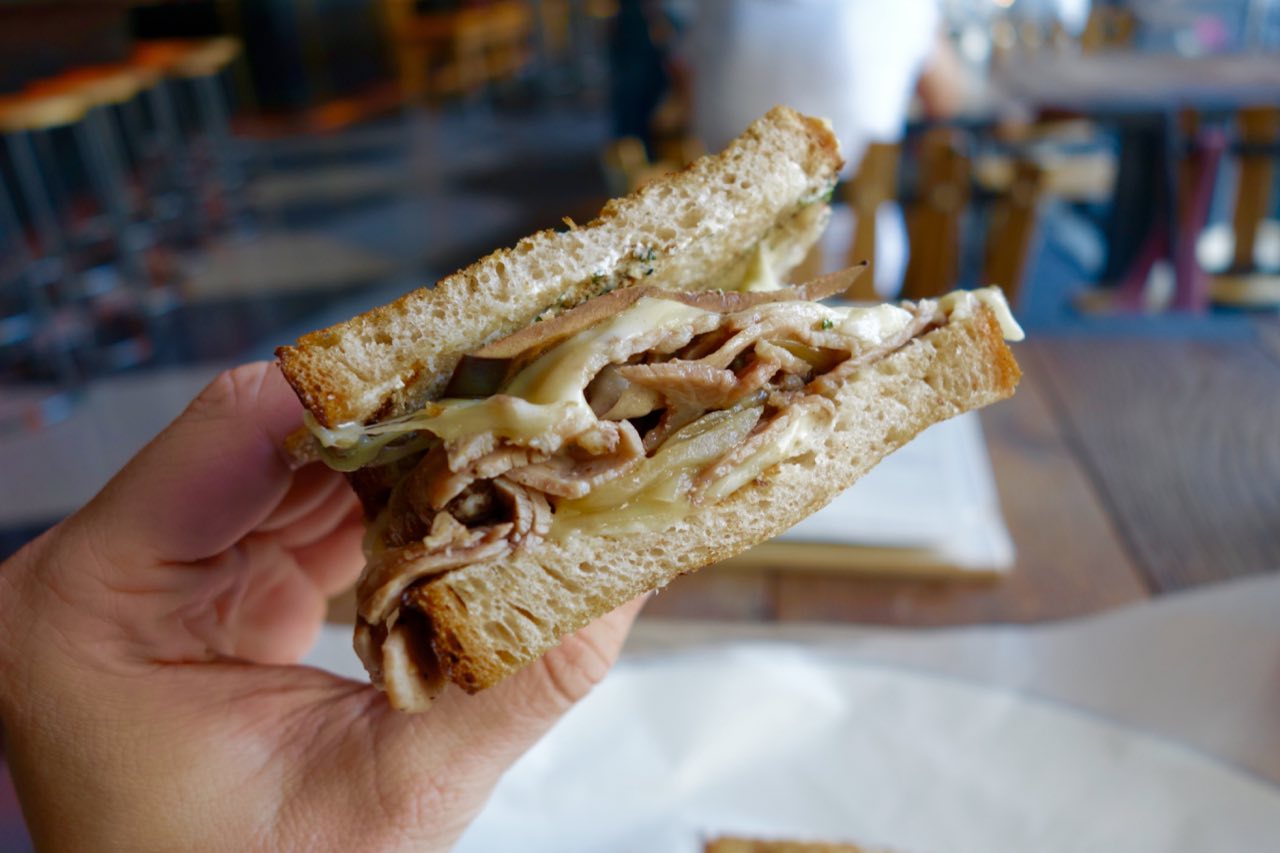
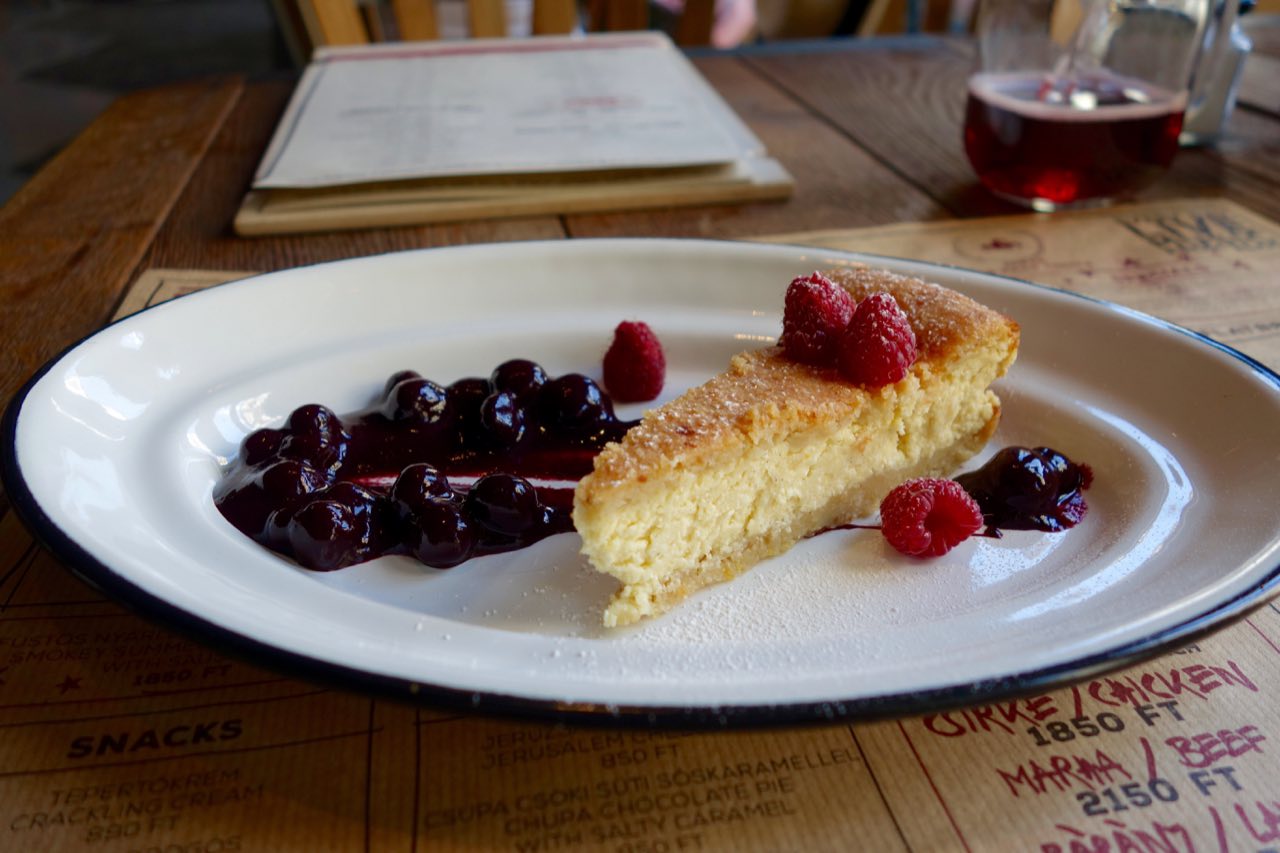

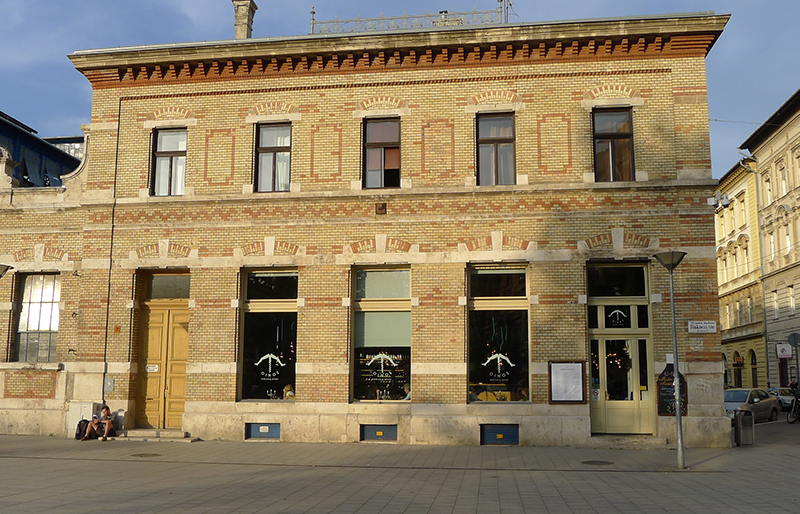
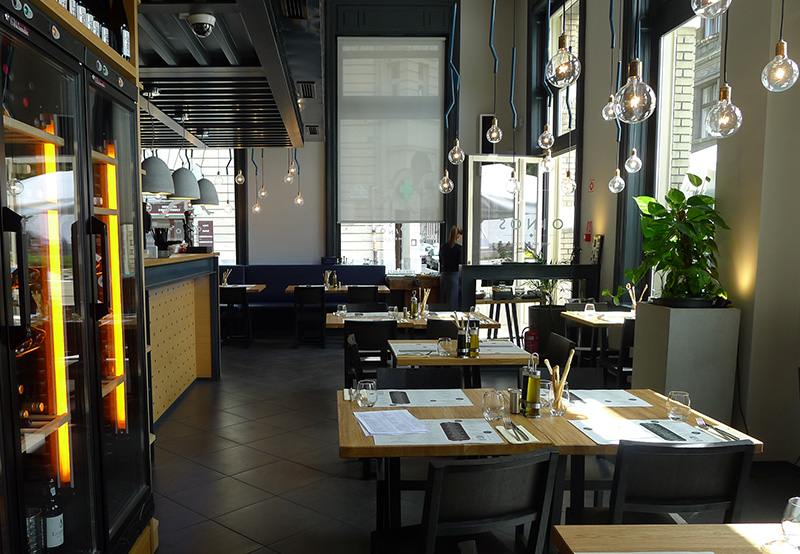

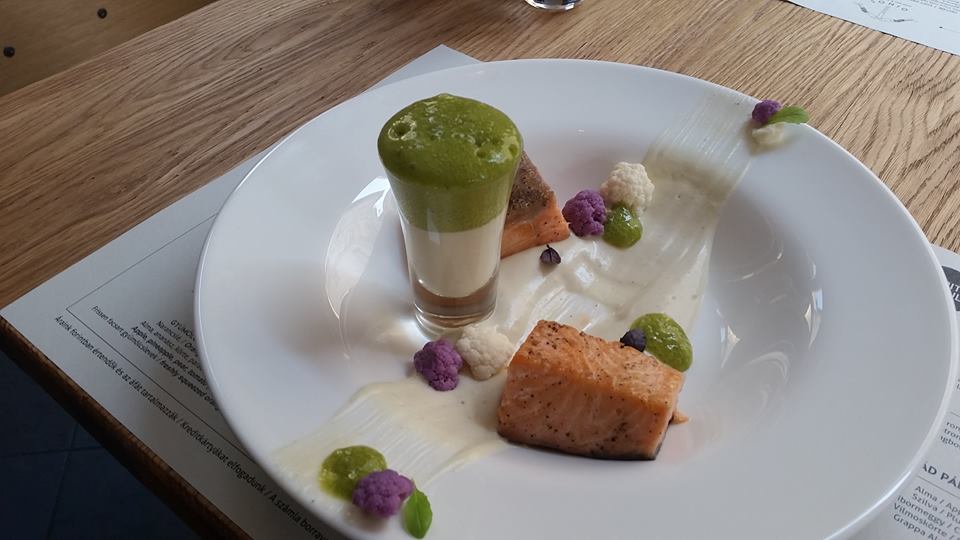
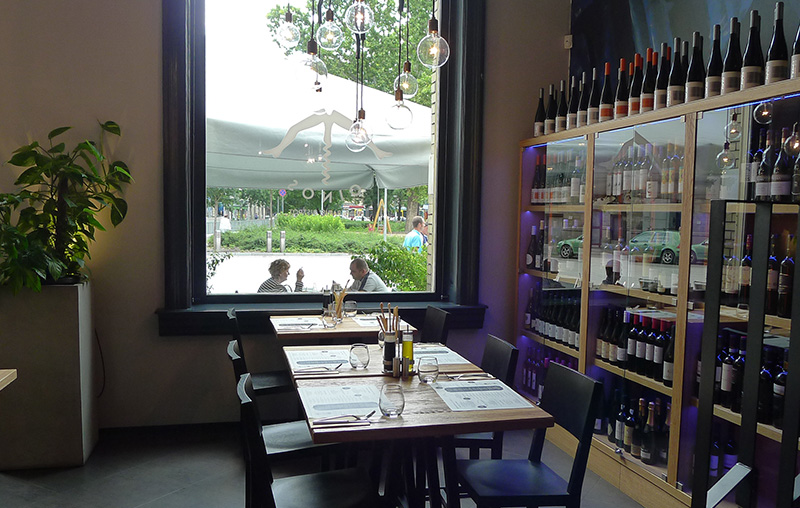


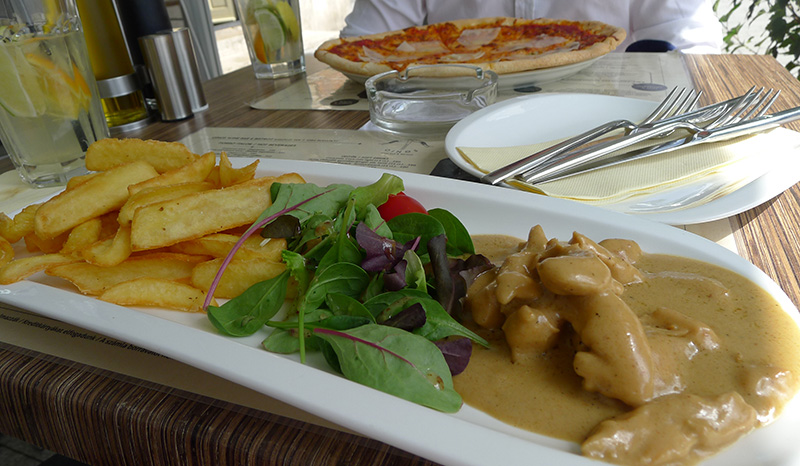
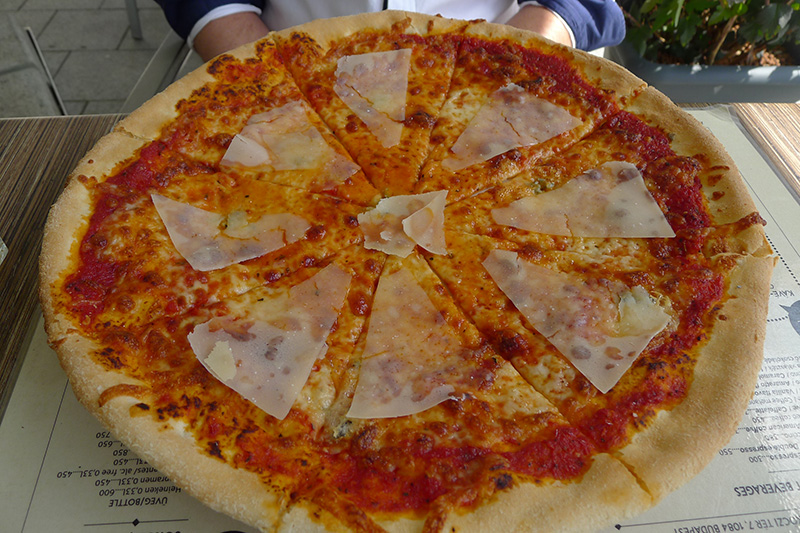 This place is unlikely to thrive on Rákoczi Square due to its kitchen and atmosphere of artificiality. Of course, there’s room for improvement on both counts. What is for certain is that it does have one positive going for it: it raises the bar for new places, meaning that in a few years, if someone wants to open a new restaurant, they’ll have to use this as a benchmark.
This place is unlikely to thrive on Rákoczi Square due to its kitchen and atmosphere of artificiality. Of course, there’s room for improvement on both counts. What is for certain is that it does have one positive going for it: it raises the bar for new places, meaning that in a few years, if someone wants to open a new restaurant, they’ll have to use this as a benchmark.